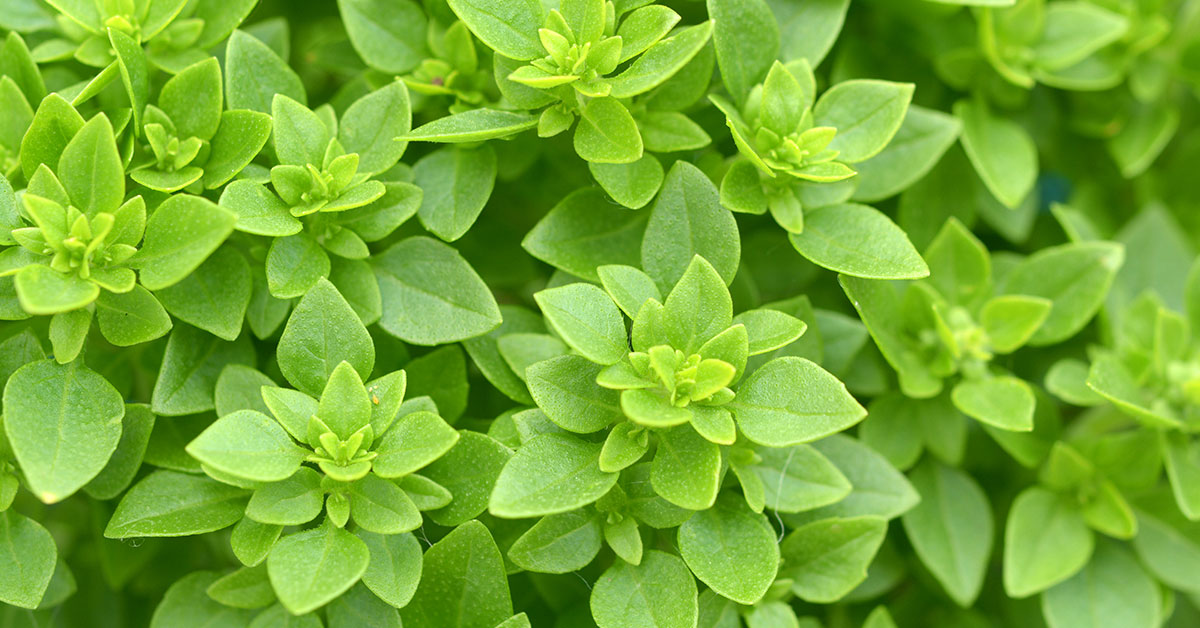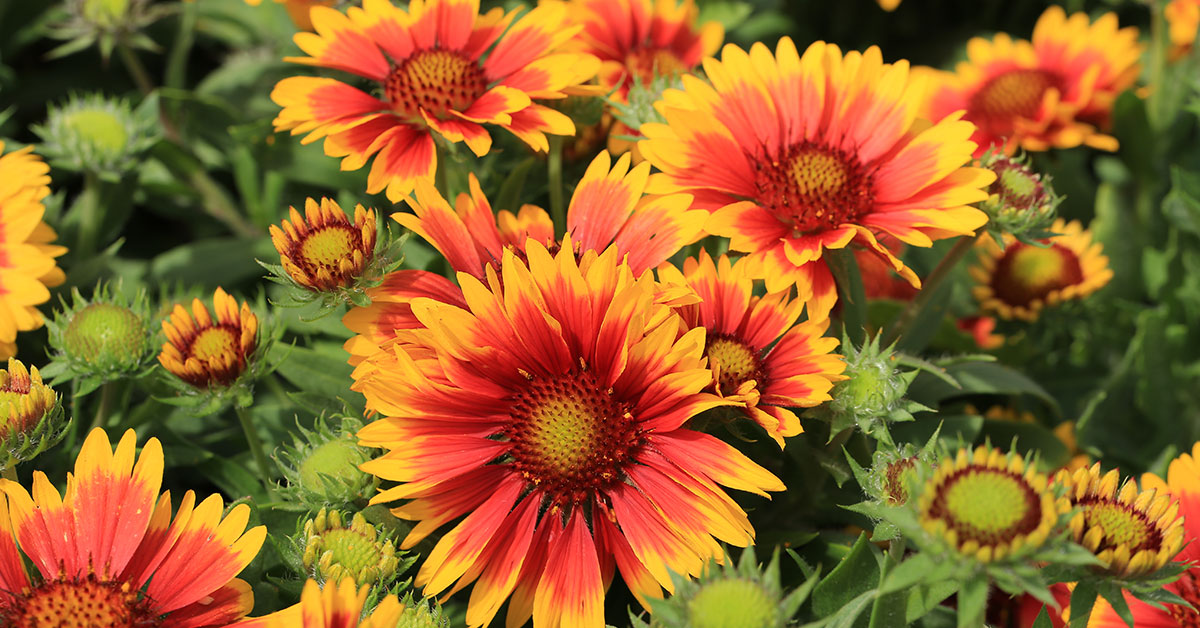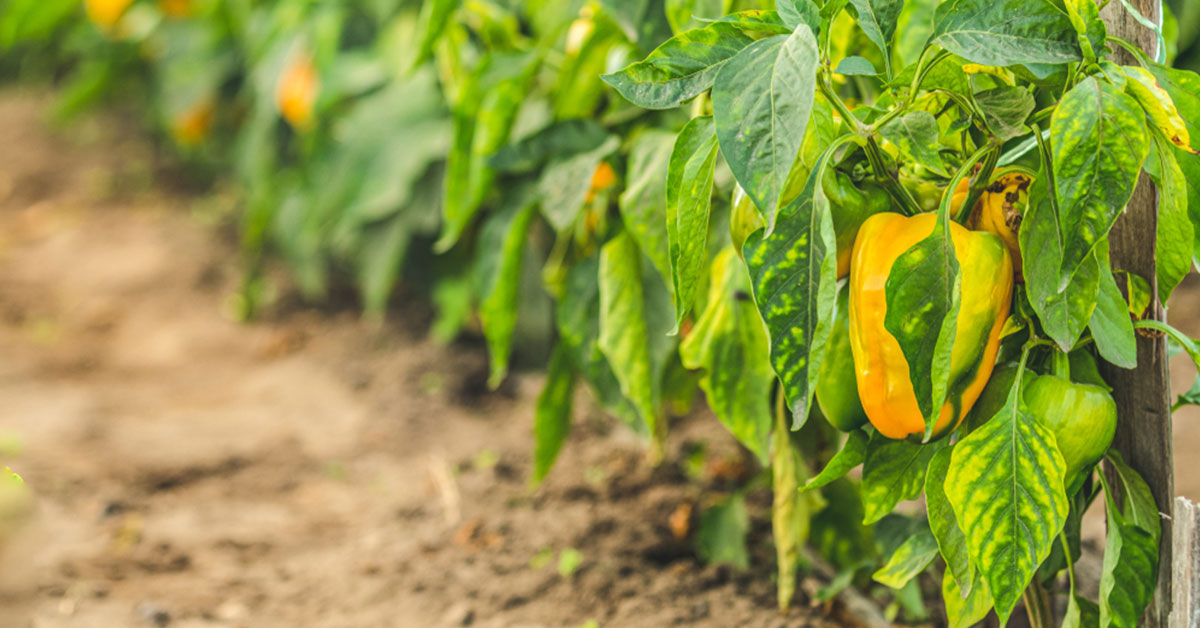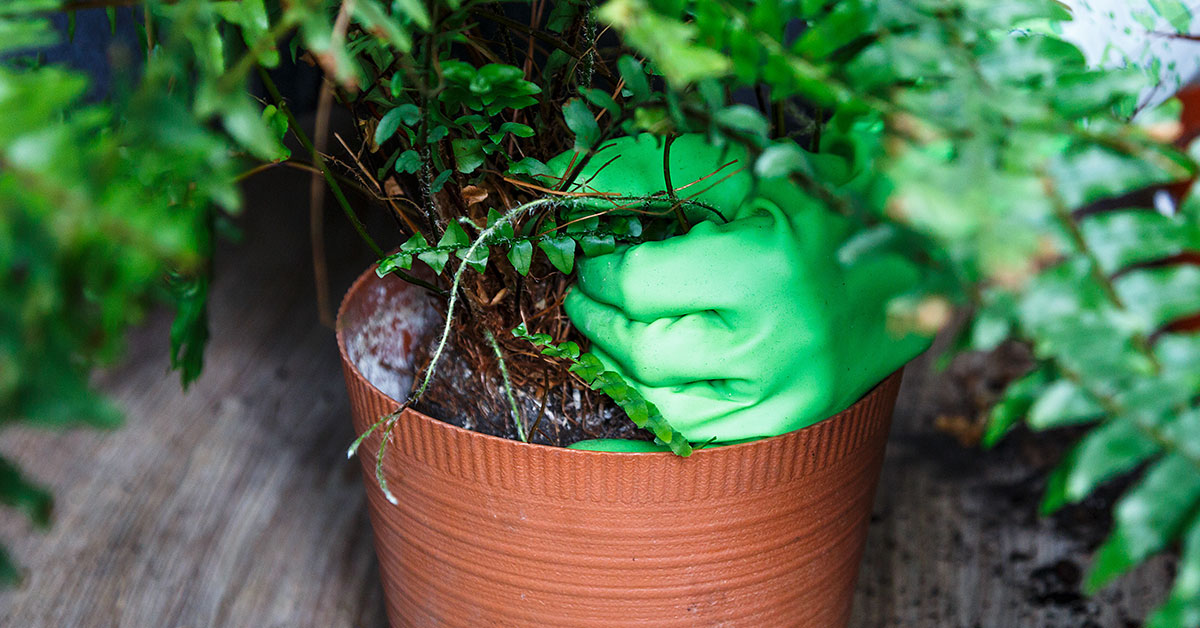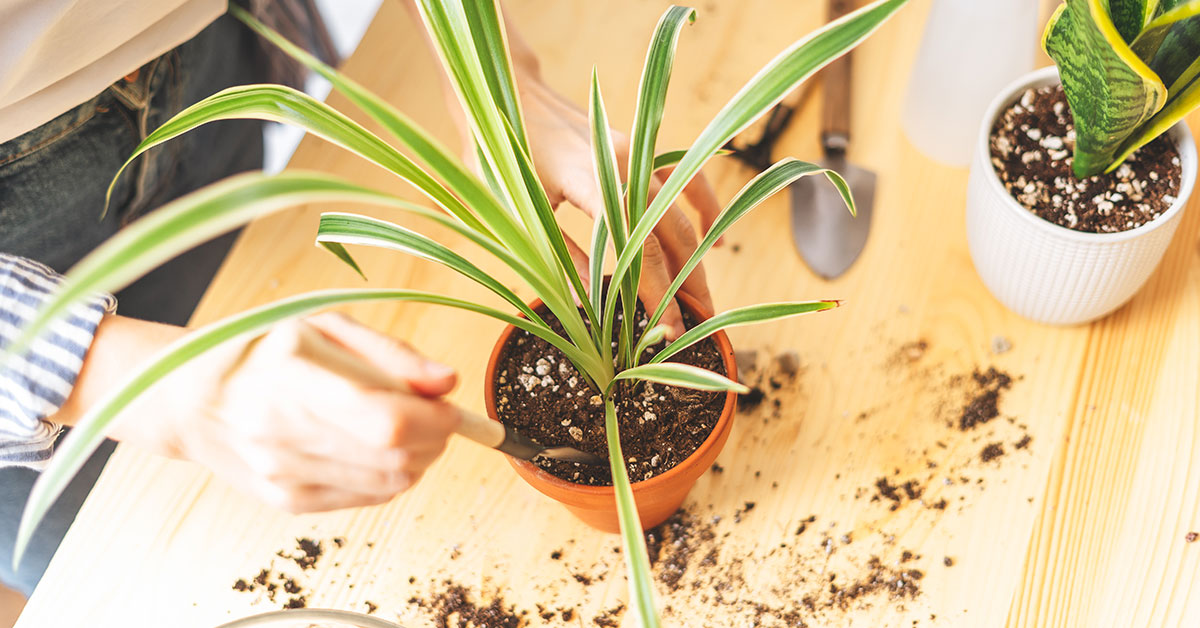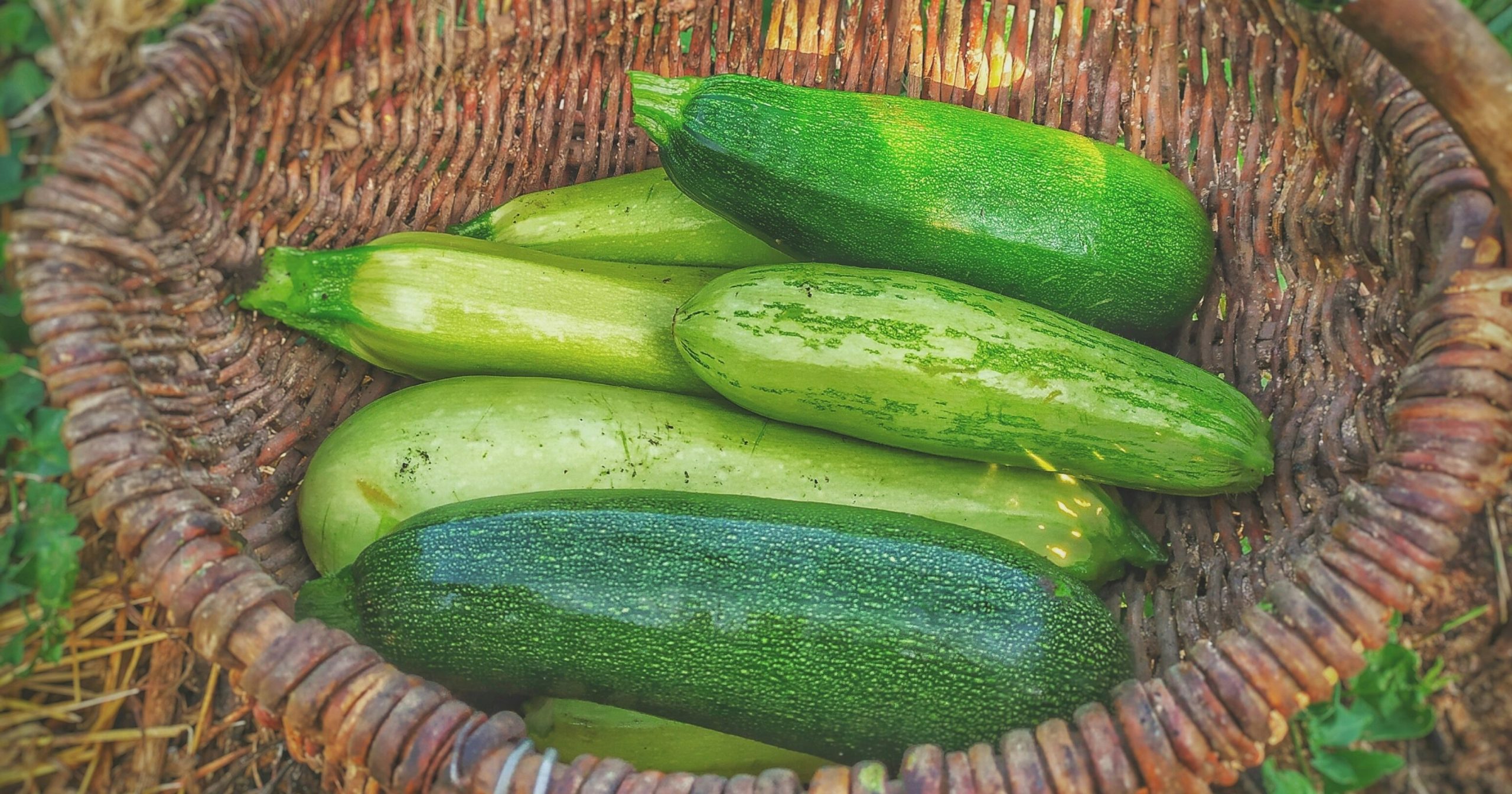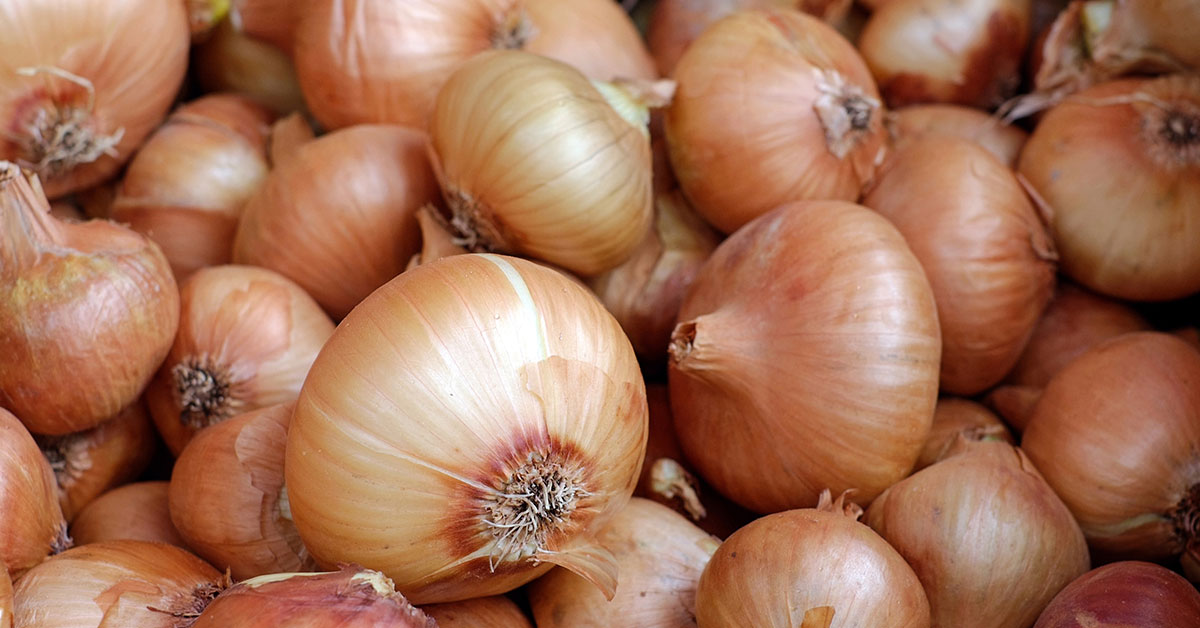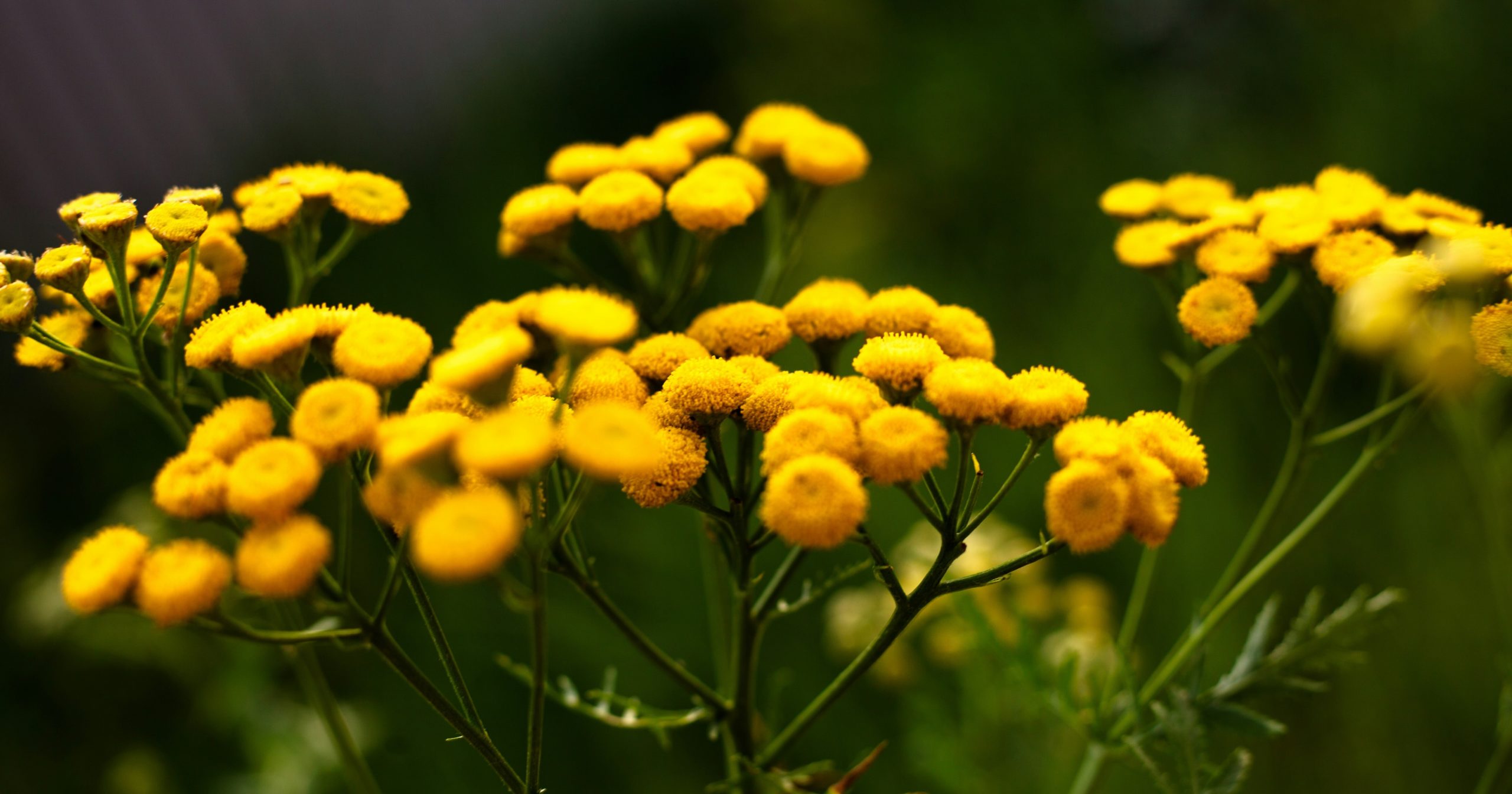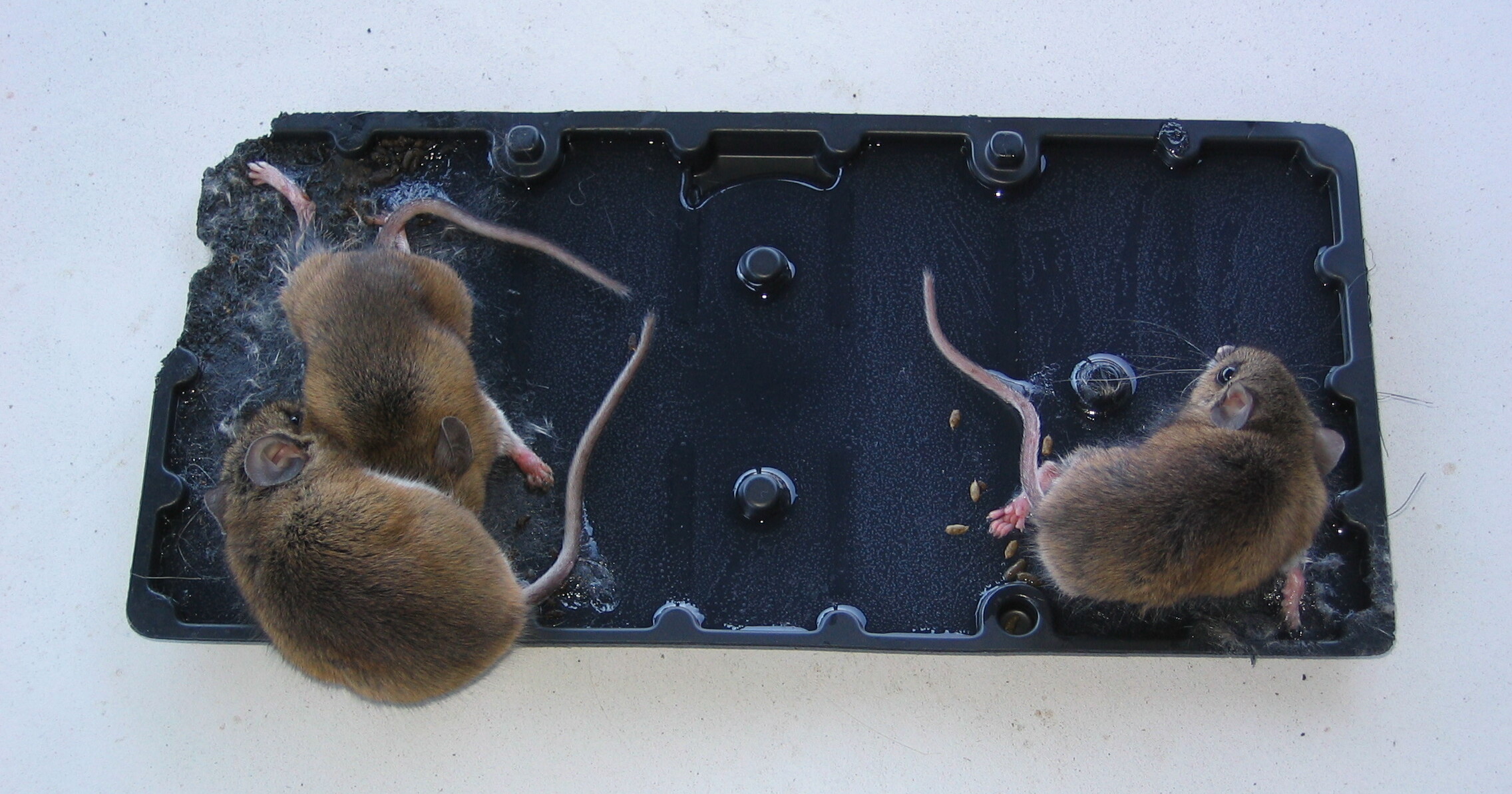Basil, with its captivating aroma and versatile flavors, has earned a cherished spot in herb gardens and culinary endeavors around the globe. While sweet basil may be the most familiar variety, there are a plethora of varieties of basil, each with its unique characteristics and culinary applications. From the zesty tang of lemon basil to the exotic allure of Thai basil, and the ornamental appeal of purple basil, exploring the diverse range of basil varieties can unlock a world of aromatic delights.
In this comprehensive guide, we delve into the art of growing different types of basil, providing insights into their distinct traits, cultivation tips, and culinary possibilities that will inspire both novice and seasoned gardeners to embark on an enchanting journey through the fascinating realm of basil cultivation.
Grow these 20 types of basil in your garden
There are nearly countless varieties of basil you can grow in your garden,
- Sweet Basil (Ocimum basilicum): The most common variety with a classic basil flavor, perfect for pesto, salads, and Italian dishes.
- Thai Basil (Ocimum basilicum var. thyrsiflora): A robust and aromatic basil with a distinct licorice and mint flavor, widely used in Southeast Asian cuisine.
- Lemon Basil (Ocimum basilicum ‘Lemon’): A basil variety with a strong lemon fragrance and tangy flavor, adding a citrusy twist to dishes and herbal teas.
- Purple Basil (Ocimum basilicum ‘Purple’): A visually striking basil with vibrant purple foliage and a similar taste to sweet basil, adding a pop of color to dishes and herb gardens.
- Cinnamon Basil (Ocimum basilicum ‘Cinnamon’): A basil variety with leaves that release a warm and sweet cinnamon-like aroma, providing a unique and aromatic addition to culinary creations.
- Holy Basil (Ocimum tenuiflorum): Also known as Tulsi, this sacred basil variety holds religious and medicinal significance, often used in Ayurvedic practices and herbal teas for its potential health benefits.
- Genovese Basil (Ocimum basilicum ‘Genovese’): A highly flavorful and aromatic basil variety, particularly favored in Italian cuisine and known as the classic pesto basil.
- Lime Basil (Ocimum americanum): A basil variety with a citrusy lime fragrance and flavor, lending a refreshing twist to dishes, cocktails, and fruit-infused water.
- Spicy Globe Basil (Ocimum basilicum ‘Spicy Globe’): A compact basil variety with small leaves and a spicy flavor, suitable for container gardening and garnishing dishes.
- Globe Basil (Ocimum basilicum ‘Minimum’): A miniature basil variety with tiny leaves and a mild flavor, ideal for edging gardens, decorative purposes, and small-scale culinary uses.
- African Blue Basil (Ocimum kilimandscharicum × basilicum): A unique basil variety with striking purple flowers, a strong aroma, and a blend of sweet and spicy flavors.
- Christmas Basil (Ocimum basilicum ‘Christmas’): A basil variety known for its distinct spicy and cinnamon-like aroma, perfect for adding a festive touch to holiday dishes.
- Cuban Basil (Ocimum basilicum ‘Cuban’): A basil variety commonly used in Cuban cuisine, offering a robust flavor with hints of anise and licorice.
- Dark Opal Basil (Ocimum basilicum ‘Dark Opal’): An ornamental basil variety with deep purple leaves and a mild flavor, ideal for adding a pop of color to gardens and culinary presentations.
- Green Ruffles Basil (Ocimum basilicum ‘Green Ruffles’): A basil variety with deeply serrated and ruffled leaves, providing an attractive texture and a classic basil flavor.
- Italian Large Leaf Basil (Ocimum basilicum ‘Italian Large Leaf’): A basil variety with large, tender leaves and a sweet flavor, commonly used in Italian cooking and as a fresh garnish.
- Mrs. Burns Lemon Basil (Ocimum basilicum ‘Mrs. Burns’): A lemon-scented basil variety with a strong citrus fragrance and a slightly peppery flavor.
- Napoletano Basil (Ocimum basilicum ‘Napoletano’): A basil variety known for its compact growth habit, small leaves, and robust flavor, making it suitable for container gardening and culinary uses.
- Persian Basil (Ocimum basilicum ‘Persian’): A basil variety with small leaves, a mild flavor, and a refreshing aroma, commonly used in Persian and Middle Eastern cuisines.
- Siam Queen Basil (Ocimum basilicum ‘Siam Queen’): A Thai basil variety with an intense licorice and anise flavor, vibrant purple stems, and beautiful lavender flowers, perfect for Thai and Vietnamese dishes.
Basil Growing Tips
Growing basil can be a rewarding and fulfilling experience, whether you are a seasoned gardener or a beginner. To ensure healthy plants and bountiful harvests, here are some essential tips to keep in mind when cultivating different varieties of basil:
- Sunlight: Basil thrives in full sun, so choose a location in your garden that receives at least 6-8 hours of direct sunlight each day. This will promote vigorous growth and enhance the flavors of the leaves.
- Soil: Basil prefers well-draining soil that is rich in organic matter. Ensure the soil is loose and loamy, with a pH level between 6 and 7. If needed, amend the soil with compost or well-rotted organic matter to improve its fertility and drainage.
- Watering: While basil requires consistent moisture, it is crucial not to overwater the plants. Water deeply when the top inch of soil feels dry, allowing excess water to drain away. Avoid letting the soil become waterlogged, as this can lead to root rot.
- Planting: Start basil seeds indoors in seed trays or sow them directly into the garden after the danger of frost has passed. Plant the seeds or seedlings about 1/4 to 1/2 inch deep and space them 8 to 12 inches apart, depending on the variety. This spacing allows for proper air circulation and prevents overcrowding.
- Pruning and Harvesting: Regular pruning is essential for basil plants to encourage branching and bushier growth. Pinch off the top set of leaves above a leaf node to promote lateral growth. Harvest the leaves when they are fully grown, but before the plant starts to flower. Regular harvesting will stimulate further leaf production.
- Fertilization: Basil is a moderately heavy feeder. Provide regular fertilization using a balanced organic fertilizer or compost. Apply the fertilizer according to the package instructions, usually every 4-6 weeks, to ensure adequate nutrition for healthy growth.
- Pests and Diseases: Keep an eye out for common basil pests like aphids, whiteflies, and snails. Use organic pest control methods such as insecticidal soaps or neem oil if necessary. Prevent fungal diseases by avoiding overhead watering and providing good air circulation around the plants.
- Companion Planting: Basil is known to have beneficial relationships with other plants. Consider interplanting basil with tomatoes, peppers, or marigolds, which can help repel pests and enhance the growth and flavor of both basil and neighboring plants.
By following these essential basil growing tips, you can cultivate a wide variety of basil plants that will provide a continuous supply of aromatic leaves for your culinary endeavors. Experiment with different varieties to discover the nuances of flavors and fragrances that basil has to offer.
